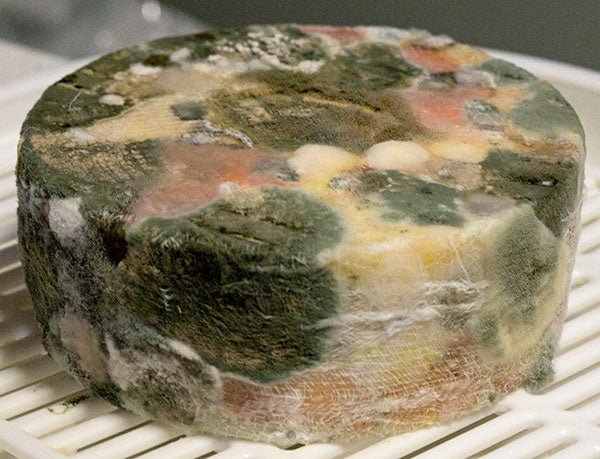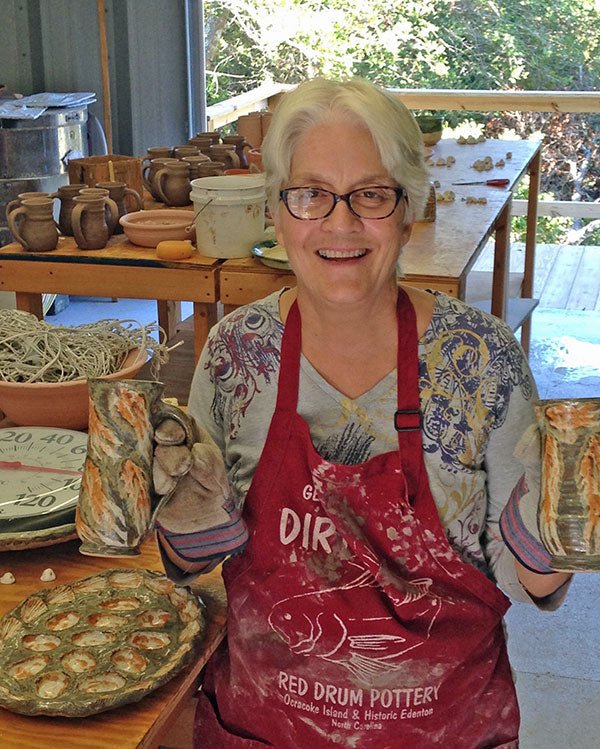Molly Brown is no stranger to adventure as you will see in her story. When questioned about that, she said, “I think everyone who goes that extra step of making their own cheese is at least somewhat adventurous. Otherwise, they would skip all the work and buy their cheese.” So true!
Molly is a master photographer and if you want to see spectacular pictures from her travels, go to Kenen | Flickr. (Her photography pseudonym is Lynae Kenen.)
Molly’s Story
My family is from Pennsylvania, but my father was a minister and he took our family to England when I was a child. I grew up in West Yorkshire (Baildon, near Bradford). My favorite cheese was Red Leicester.

This is a picture of me during my teens with my siblings on a visit to Whitby in northern England. Whitby Abby of Dracula fame is on the hill behind us.
I came back to the US for my first year of university, but found I did not really know what I wanted to study, so I took some time off. I went to a year of Bible school back in England and followed that up with a year of working.
Then I went to France for eight months and worked as a nanny, before returning to returning to the US to finish out my university degree at College of the Ozarks in Missouri.
After graduation, I worked a few years, before deciding I needed to do more with my life than get sucked into the rat race (considered achievement) in the US. So, I volunteered for a humanitarian aide organization working in Israel.
I lived in Jerusalem for almost three years before returning to the US in 2014.

A few years ago I helped my grandfather rebuild a retaining wall on our property. He was 90 years old at the time we did this.
After all this traveling, never have I felt that my cheese options were so limited as when I moved back to Pennsylvania (where my family is originally from).
At first, I really did not miss the variety, but I finally reached a point where I was frustrated by the only options seeming to be cheddar and Italian cheeses.
I looked up a cheese importer, but when I saw how expensive they were selling cheese (around $40/lb), I decided to see what would be involved in me making cheese myself.
In the spring of 2020, the Covid pandemic had just started and with everything shut down, I had some extra time on my hands. I am fairly competent in the kitchen, so, when I came across cheesemaking.com and read some of the recipes, I decided I would give cheese making a try.
I started out with a couple of the fresh cheeses in Home Cheese Making.
When those turned out to be simple and successful, I moved on to mozzarella; both the 30 minute and cultured.
I was not really successful with either. I just cannot seem to get the stretch stage right.
I did come up with a great salad cheese in my first cultured attempt though. After waiting most of the day and still not getting a stretchable curd, I decided I needed to do something with the curd.
I briefly thought about just composting it, but then looked over a few other cheese recipes and decided to pack the curd into a form, put a plate on it and a couple containers of juice to try pressing the curd (I did not yet have my cheese press shown below).
I pressed the cheese for a couple of hours, then put it in a saturated brine for the night in the fridge. The next day, I set the cheese out on cheese mat in our cool cellar and let it air dry for the day.
After tasting the cheese and finding it had good flavor, although it was very salty on the surface, I put in in the fridge to age for a couple of weeks. The end result had the texture of feta, but the flavor of mozzarella.
Since I had started because I wanted to make British cheeses, my next step was to make Lancashire and Red Leicester cheeses using Jim Wallace’s recipes at cheesemaking.com. Unfortunately, neither of my first attempts turned out.
During that first year of the pandemic, local dairies in central PA had a lot of excess milk, and they got together and did milk giveaways. Unfortunately, a lot of people do not drink a lot of milk, but fortunately, by the end of the giveaways, they would give several gallons of milk to whoever wanted them instead of just one or two.
I was using this milk, so it was a bit of an unknown quality-wise. It wasn’t branded so I didn’t know how it had been processed.
This could have been one of the problems. Also, I struggled with humidity control during aging. I now have a dedicated mini fridge with an Inkbird controller for temp and humidity, although I have changed to vacuum sealing my cheeses during aging instead of bandage wrapping or waxing.

Red Leicester & cheddar are aging in the vacuum sealed bags. Parmesan is on the board drying out before being vacuum sealed. I keep my saturated brine in the jars in the bottom of the fridge.
After my failures with Lancashire and Red Leicester, I decided I needed to go back to the beginning. I started making yogurt, and now I do that weekly.
I also successfully made the Swiss and French cream cheese recipes in Home Cheese Making. My family much prefers the Swiss style cream cheese (p.79 in the latest edition), and I now make that regularly as well. I will never go back to eating store bought cream cheese.
I started looking into online classes. And, it was during that time that I discovered Mastering Basic Cheesemaking by Gianaclis Caldwell. Gianaclis’s lesson format – building one step on another worked great for me.
I have now made the following cheeses:
Ricotta
Paneer
Quark
Feta
Lemon cheese
Cheese curds
Farmhouse cheese
Cheddar (traditional & stirred curd)
Colby
Gouda
Parmesan
At this point, I would say my goal is to be able to master consistently making a good aged hard cheese. I have no issues with soft cheeses, but my results with the aged cheeses are not consistent. To be fair, I also have not had a lot of practice yet.
One of the difficulties with cheese making is that you can’t make it, taste it right away and say, oh, I should have done this instead, and make it the next week with the alterations … Yes, I can keep a cheese making notebook, but it is not the same …
My goal: At this point, if I can get consistently reliable results, I would love to be able to gift cheese to my friends and family.


























































































































































